The Research Experiences for High School and Undergraduate Students (REHU) program of the P50 Genes & Addiction NIDA Center for GWAS in Outbred Rats provided four participants an opportunity to conduct 10-week summer research projects with their mentors in three laboratories of the Center. In addition, REHU students attended journal club, wrote a research paper, and presented their work on the on-line symposium.
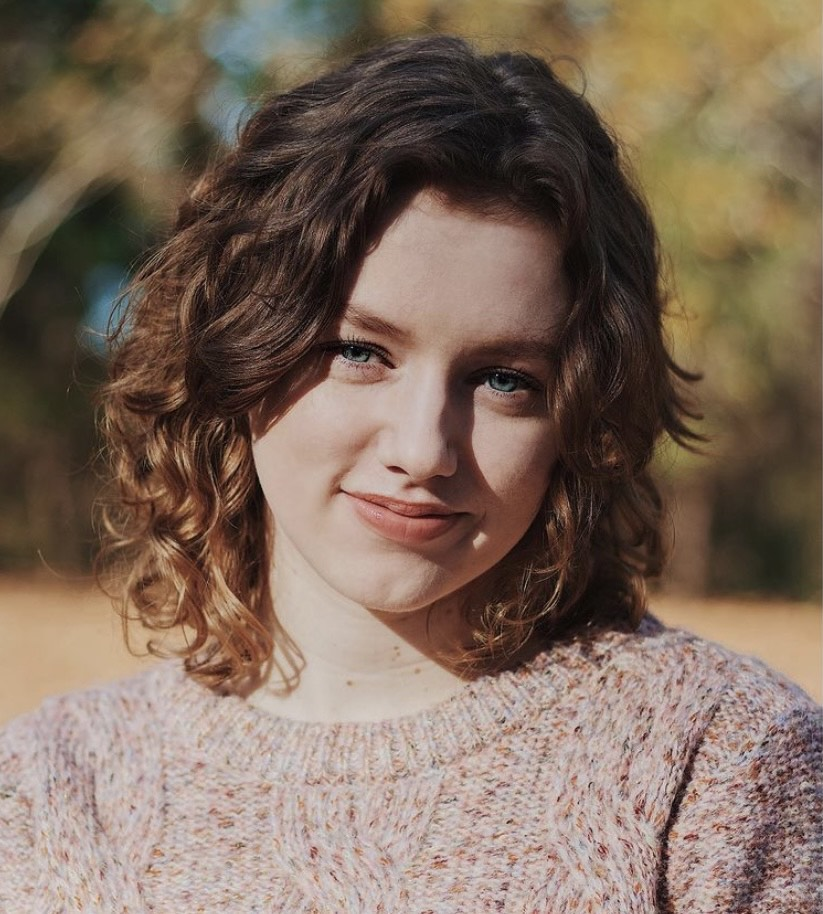
Gwendalyn Johnson (Undergraduate, University of Memphis) worked in Chen Lab of University of Tennessee Health Science Center
Gwendalyn Johnson recently graduated from the University of Memphis with a Bachelor of Arts in psychology. Her focus for the duration of the REHU program was analyzing Ethovision video data for the P50 study. Previous behavioral testing videos that were recorded with outdated software and/or lacking segments of video data were updated to newer software and were reanalyzed by adjusting the video settings to better locate and track the rats during testing. With more reliable data, greater insight can be made in determining the social impact on nicotine administration.
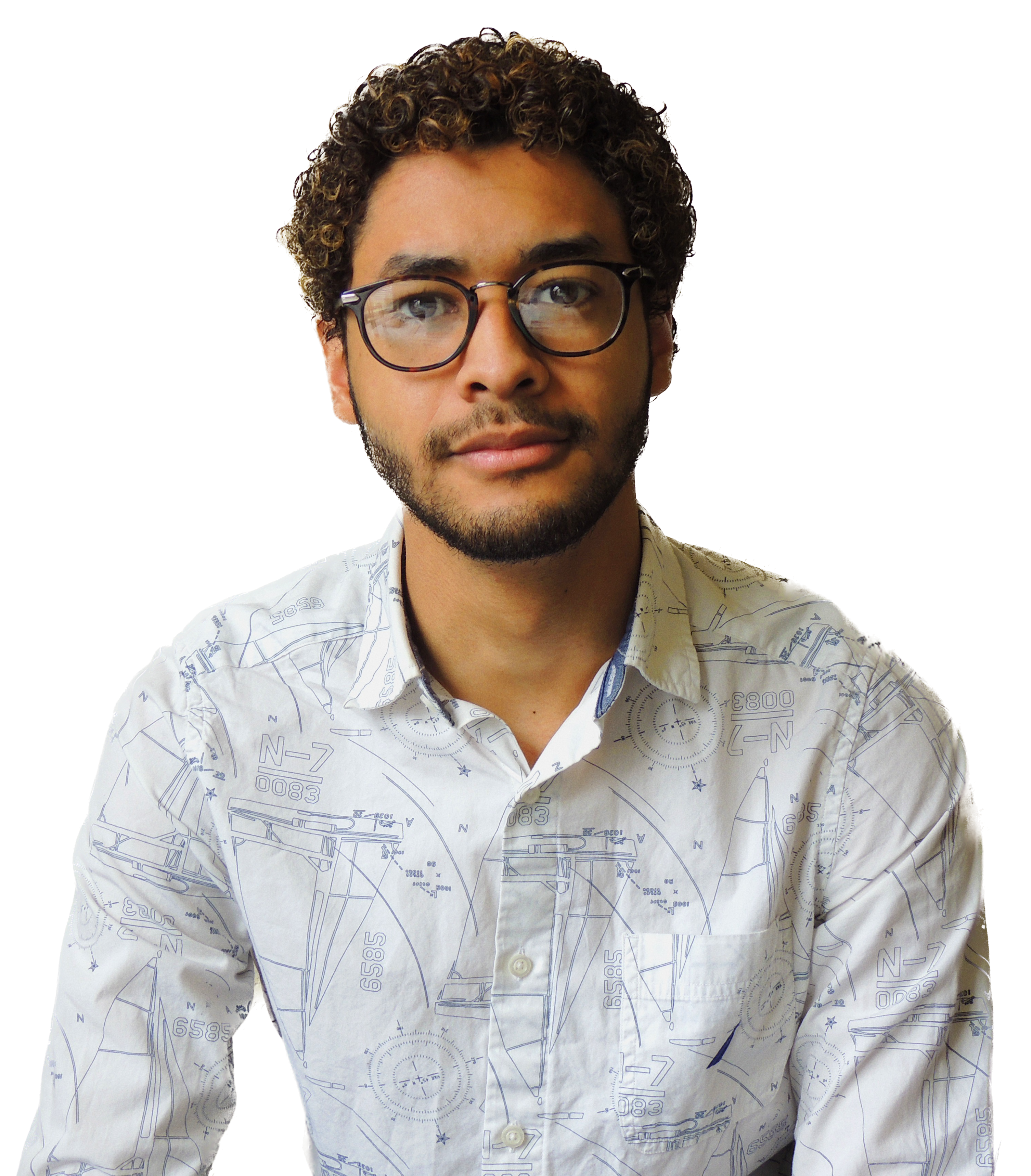
Gabriel Santos (Undergraduate,University at Buffalo,) worked in Meyer Lab of University at Buffalo
Gabriel’s work was focused on measuring operant behaviors related to drug addiction. He worked on a “short access” paradigm that the animal is exposed to a addictive substance for a short period of time multiple times, as opposite to “long access” when animal is exposed for days continuously. He learned to use operant boxed and record behaviors using MedPC software. He analysed the data and presented it at the Symposium.
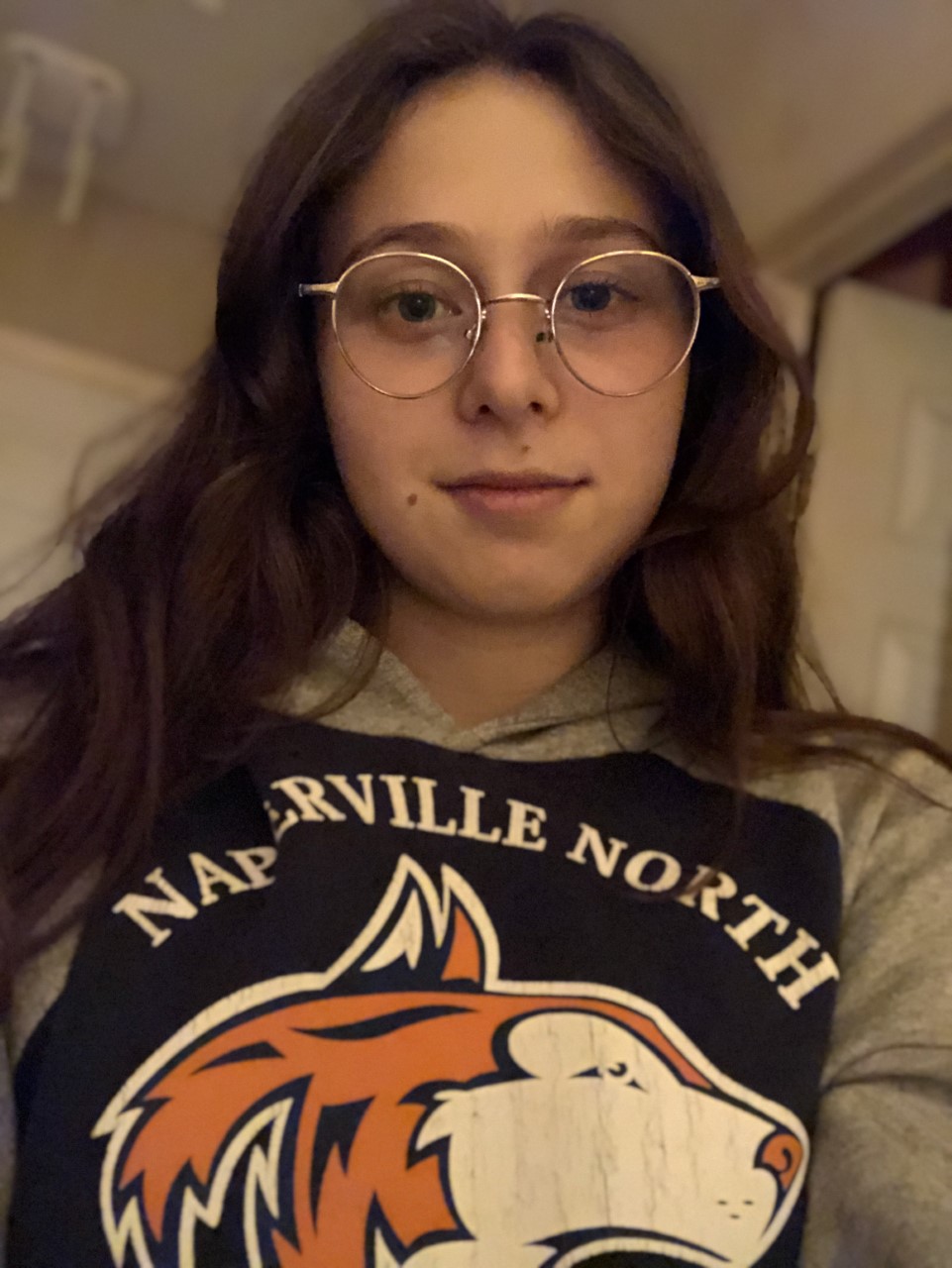
Talia Kasman (Senior,Glenbard South High School) worked in Meyer Lab of University at Buffalo
Talia is a senior in Glenbard South High School. She joined REHU program in order to gain knowledge and experience in a scientific research field. Her work in Dr. Meyer’s lab was related to study of drug addiction traits in an animal model of Heterogeneous Stock outbred rats. She participated in setting up and running behavioral experiments and in collecting tissue samples for genotyping.
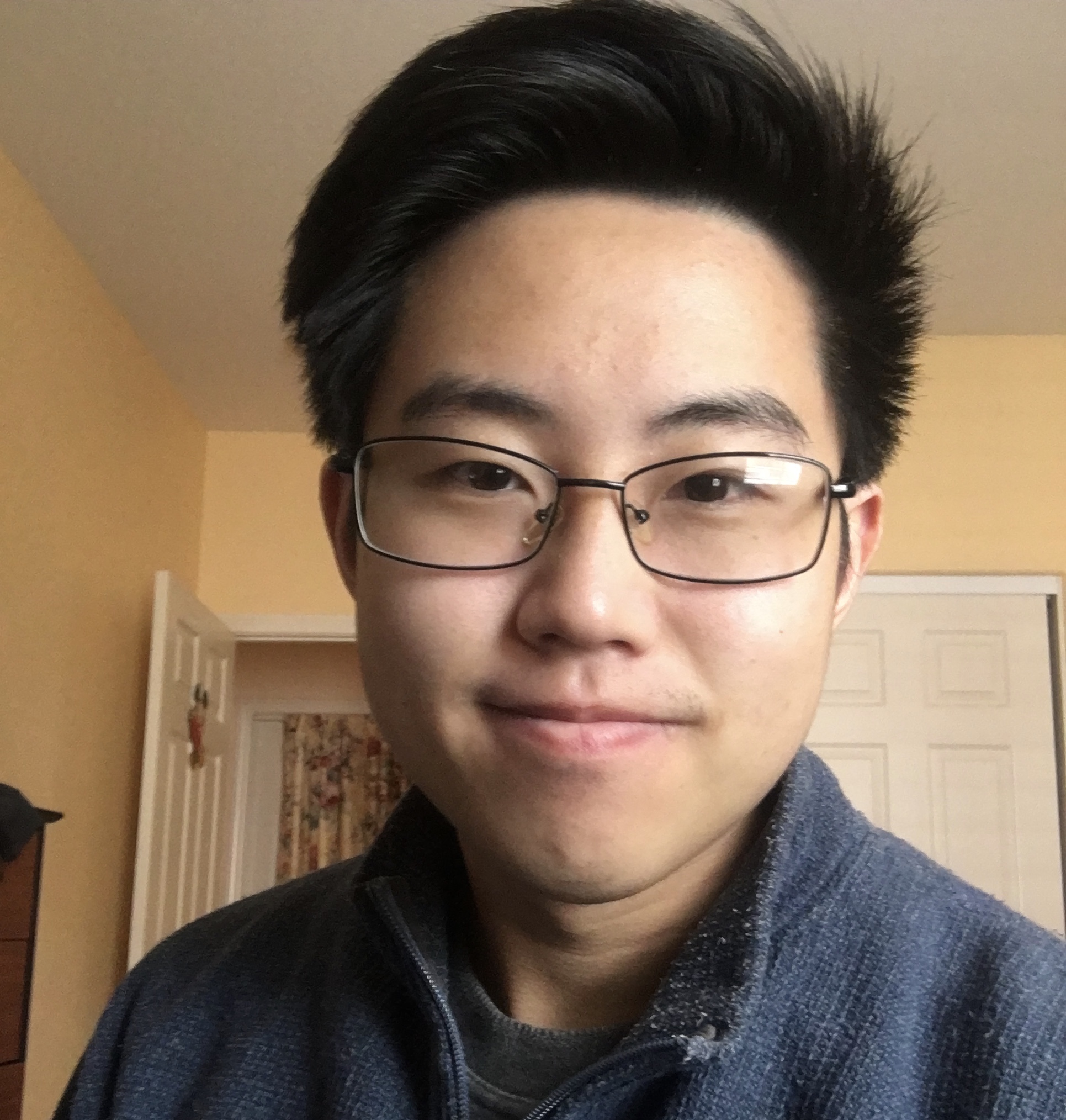
Alan Lin (Undergrad, Wilson College) worked in Palmer Lab of University of California, San Diego
Alan’s project was to design the Shiny app to access the database in the Palmer Lab at UCSD. As the central hub for over 10 collaborating labs around the world, the lab is interested in improving data accessibility for their collaborators. The goal was to increase productivity for all labs by eliminating the need for a Palmer Lab administrator to respond to data sharing requests; instead, efforts could be directed towards interpreting their data for new insights to submit on the next grant proposal cycle. I really valued the control I held in every aspect throughout the project, from writing each line of code that supported the framework of the Shiny app to the extraction and preparation of the data driving the interactive visualizations throughout the dashboard. Working as the sole developer of the app instilled a sense of ownership and responsibility within him that he will nurture through thoughtful consideration on each project in this curriculum.
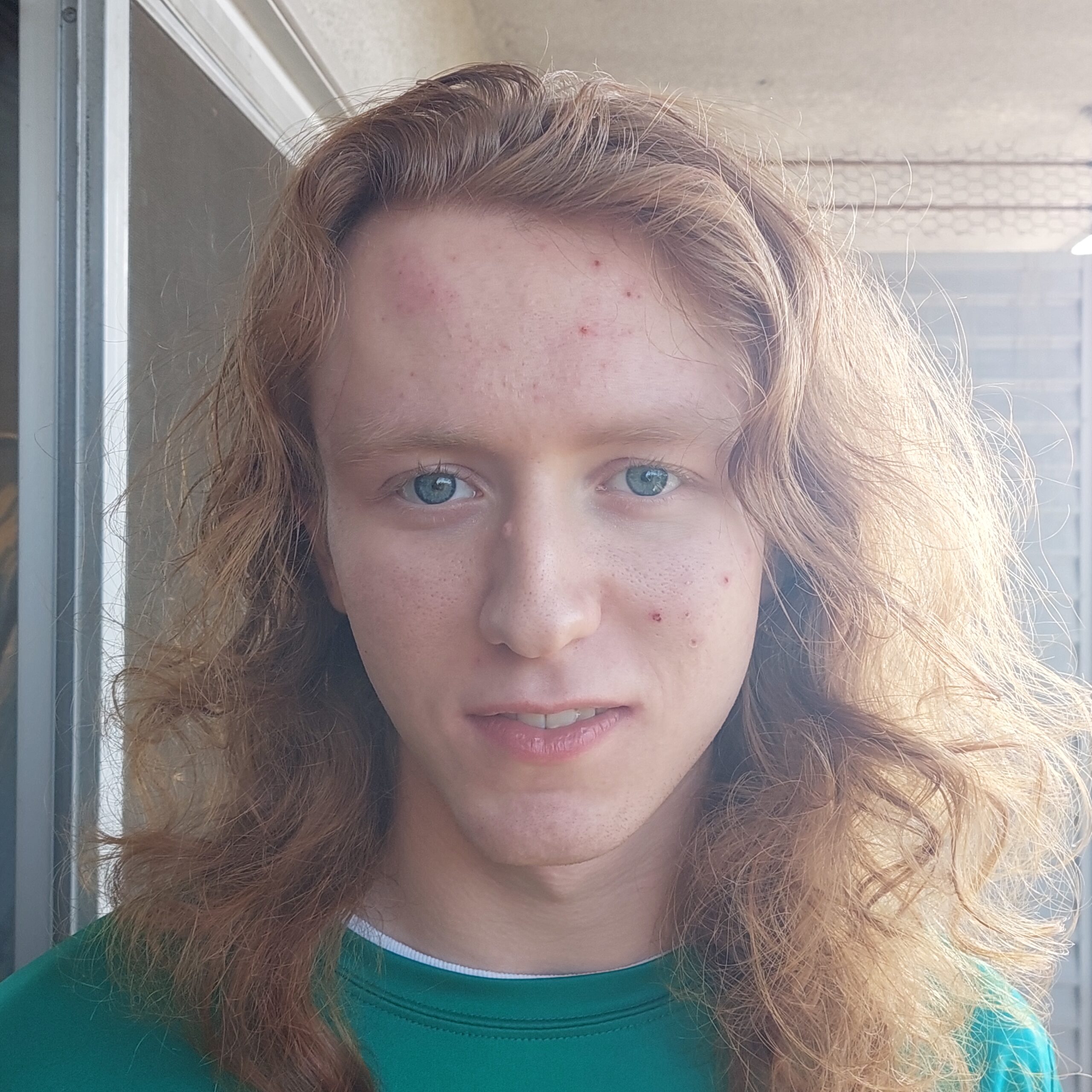
Sammy Myakishev-Rempel (University City High School) worked in Palmer Lab of University of California, San Diego
Sammy is a raising freshman in the Rochester Institute of Technology. Her work in Palmer lab was focused on setting up a dashboard for displaying database content and summary to collaborators. She created a framework to connect PostGreSQL to the server on AWS that can be used for RShiny Dashboard app, and displayed on Center’s website..
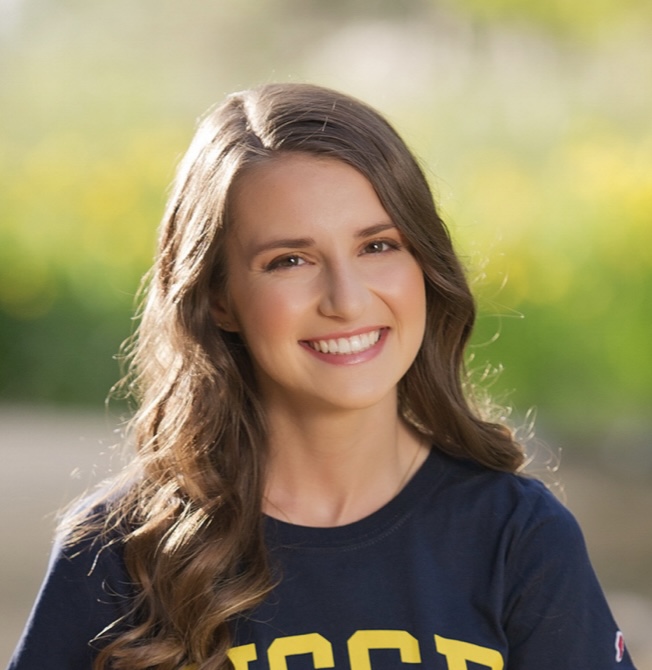
Sevim Bianchi (Undergrad, University of California,San Diego) worked in Sanches-Roige Lab of University of California,San Diego
Sevim’s work was related to elucidating the genetic signature for opioid misuse that is captured via self-report in an unselected population, and compare it to the risk for opioid use disorder, to provide insights into an intermediate behavior that may set the stage for later transition to drug addiction. She worked with the large cohort of female research participants drawn from the customer base of 23andMe.

Laylah Welch (Undergrad, High Point University) worked in Solberg Woods Lab of Wake Forest University, School of Medicine
Laylah is a third year Biology major from High Point University. She is also double minoring in Civil Responsibility and Women + Gender Studies. She aspires to pursue a Public Health career. In Dr. Solberg-Woods lab she was focused on the Type 2 Diabetes research in HS rats model.
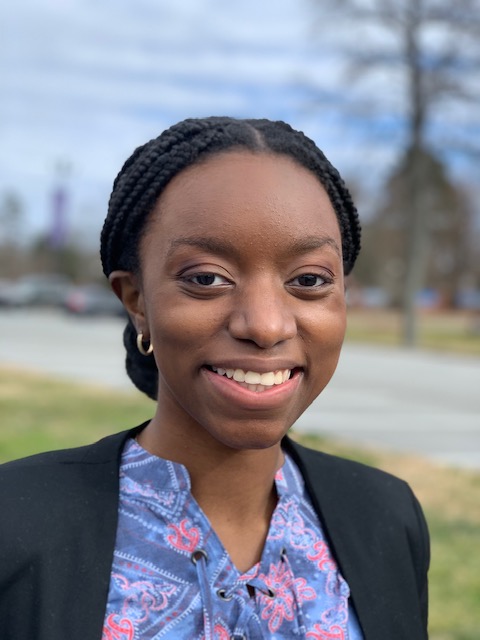
Amaiya Anthony (Undergrad, High Point University) worked in Solberg Woods Lab of Wake Forest University, School of Medicine
Project Title: Measuring Krtcap3 Expression in the Adrenal Gland of High Fat Female HS Rats.
Amaiya Anthony is a rising senior studying Neuroscience at High Point University. During the REHU program, she measured Krtcap3 expression in the adrenal gland of female HS rats. Results from a previous study led to the hypothesis that the gene Krtcap3 possibly protects HS rats from stress. With this relationship in mind, Amaiya’s summer project focused on measuring expression of this gene in the adrenal gland, which plays an important role in the HPA axis, which mediates one’s response to stress by releasing hormones. The results from this summer project will contribute to the knowledge of where Krtcap3 may be acting within HS rats, and it can further the work being done to understand how this gene regulates adiposity.
